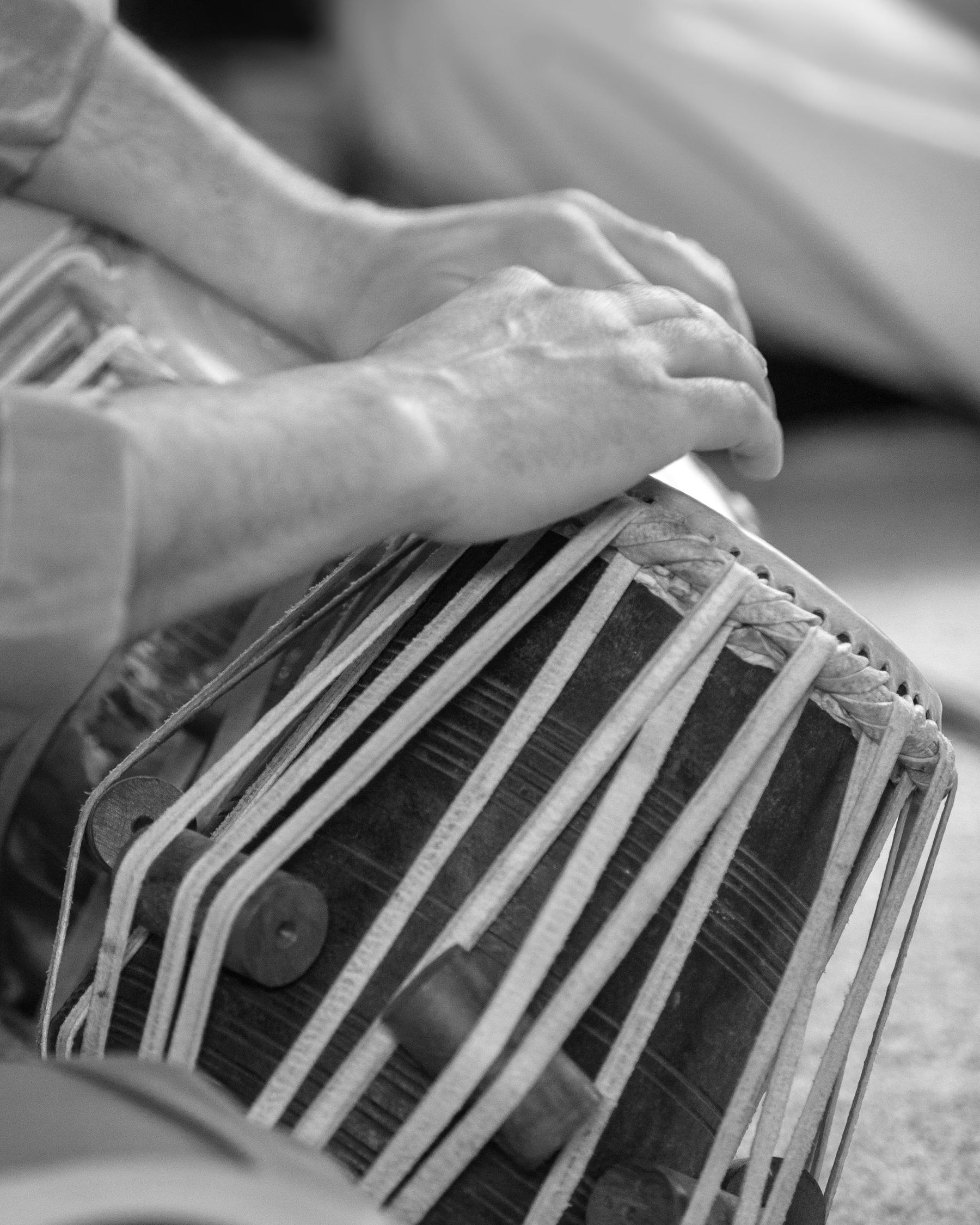Cosmic Convergence
John Churchville
C.A.R.Ma Quartet's Debut Album! John Churchville - Tabla Drumset and Percussion , Brennan Andes - Electric and Upright Bass, Dan Ripke - Electric Guitar, Peter Madcat Ruth, Harmonica, Vocals, Ukulele, Kalimba
Produced and Engineered by John Churchville Mastered by Ryan Staples Cover Art by Peter Madcat Ruth
-
Georgie Buck 3:410:00/3:41
-
New Sixteen 4:330:00/4:33
-
Appalachian Sun 4:020:00/4:02
-
0:00/4:52
-
Jason WIsely 4:290:00/4:29
-
Menelaus 7:160:00/7:16
-
Takin My Time 6:430:00/6:43
-
Lucky 13 4:180:00/4:18
-
Takadi 5:340:00/5:34


